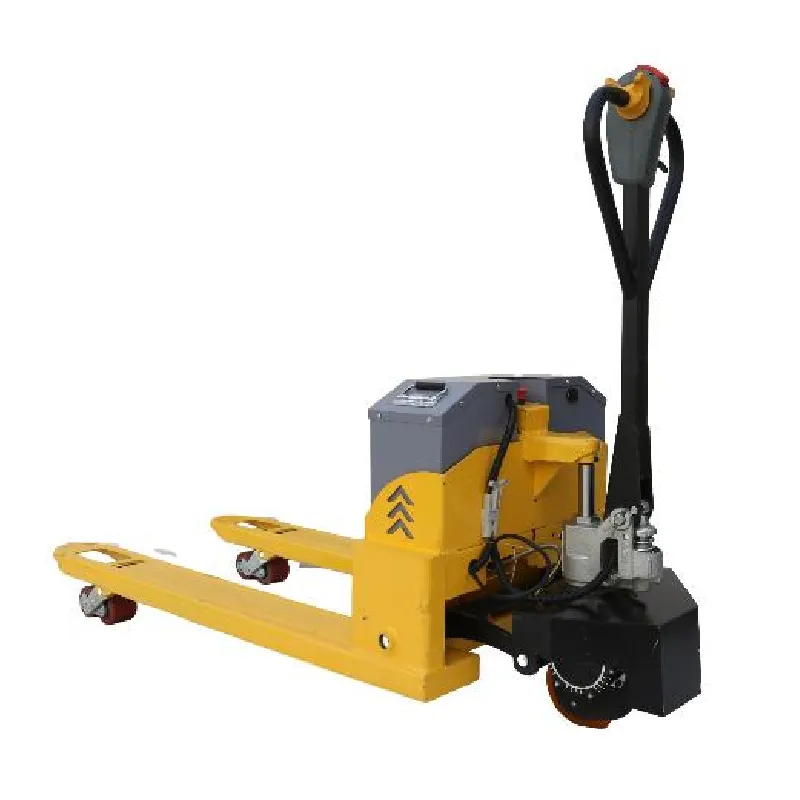


Industrial Fall Protection Equipment Ensuring Safety in the Workplace
In the industrial landscape, safety is not just a priority; it is a fundamental necessity. Workers in various sectors, including construction, manufacturing, and warehousing, often find themselves working at heights or in environments where falls are a significant risk. To mitigate these hazards, industrial fall protection equipment plays a crucial role, providing workers with the necessary tools to safely execute their tasks.
Understanding Fall Hazards
Before delving into the types of fall protection equipment available, it is essential to understand the nature of fall hazards. Falls can occur from ladders, roofs, scaffolding, or even from one level of a facility to another. According to the Occupational Safety and Health Administration (OSHA), falls are among the leading causes of serious work-related injuries and deaths. Identifying potential fall hazards in a workplace is the first step in creating a safe working environment.
Types of Fall Protection Equipment
1. Personal Fall Arrest Systems (PFAS) One of the most vital pieces of fall protection equipment is the personal fall arrest system. This includes a full-body harness, a lanyard, and an anchorage. The full-body harness distributes the force of a fall across a larger area of the body, reducing the chance of injury. When paired with a suitable anchorage point, PFAS can effectively stop a fall, preventing serious injury or fatality.
2. Guardrails Guardrails are a fundamental form of passive fall protection. They are installed around the edges of elevated surfaces, such as roofs or balconies, to prevent workers from falling. These railings must meet specific height and strength requirements to ensure adequate protection.
3. Safety Nets Safety nets are deployed beneath elevated work areas to catch workers in the event of a fall. They are particularly useful in construction sites where workers may be operating at significant heights. Proper installation and regular inspections are crucial for maintaining their effectiveness.

4. Fall Restraint Systems Unlike fall arrest systems, fall restraint systems prevent a worker from reaching a fall hazard in the first place. These systems are designed to limit the worker's movement and keep them safely away from edges or holes.
5. Ladders and Scaffolding Safety Devices Safety equipment for ladders and scaffolding, such as stabilizers, are vital for preventing falls. Ladders should be used according to manufacturer guidelines, and scaffolding must be erected correctly and inspected regularly to ensure safety.
Training and Compliance
While having the right equipment is essential, it is equally important to train workers on how to use it effectively. Employers must provide comprehensive training on fall hazards, correct equipment use, and emergency response procedures. Regular safety meetings and inspections can reinforce safety practices, ensuring that all team members are aware of potential risks and the measures in place to guard against them.
Furthermore, compliance with local regulations and standards is imperative. Regular audits and assessments of fall protection measures should be conducted to ensure that they meet industry standards. Organizations must stay informed about changes in safety regulations to maintain compliance and ensure worker safety.
Conclusion
Making workplace safety a priority requires a commitment to providing appropriate fall protection equipment and fostering a culture of safety. By leveraging various types of fall protection systems, conducting thorough training, and ensuring compliance with regulations, employers can significantly reduce the risk of falls in industrial settings. Ultimately, the goal is to create a safe working environment where employees can perform their jobs without the fear of falls and injuries, contributing to overall productivity and morale.



